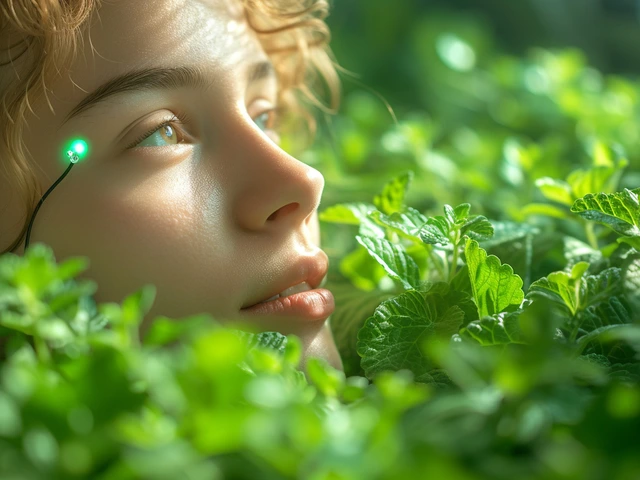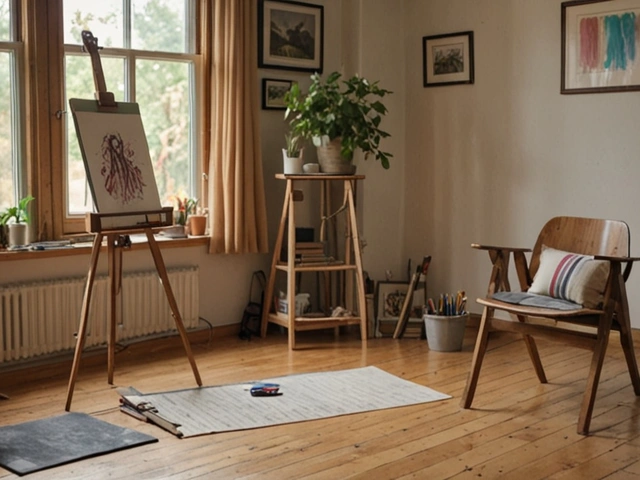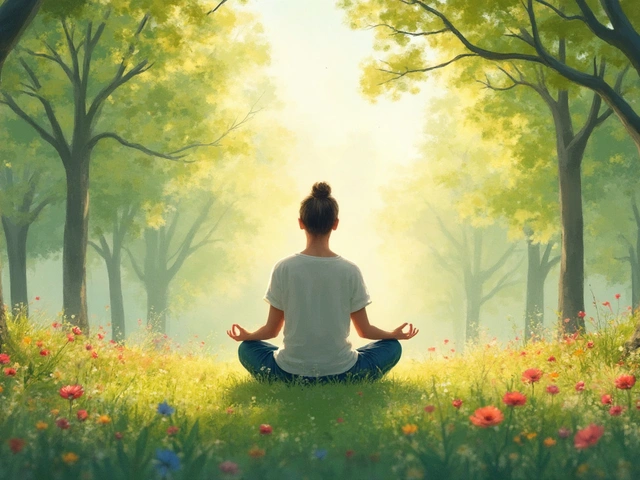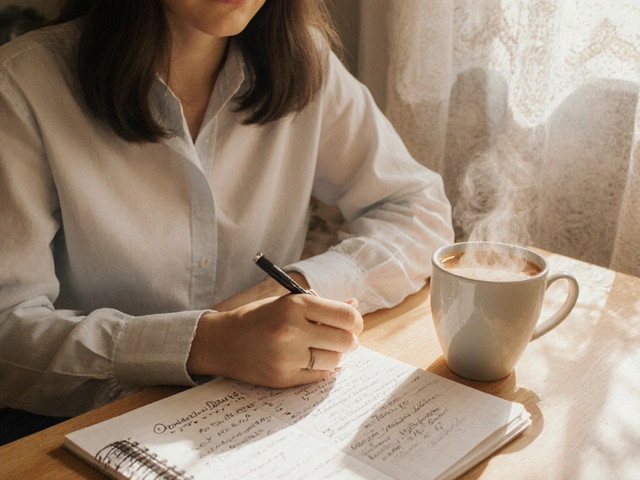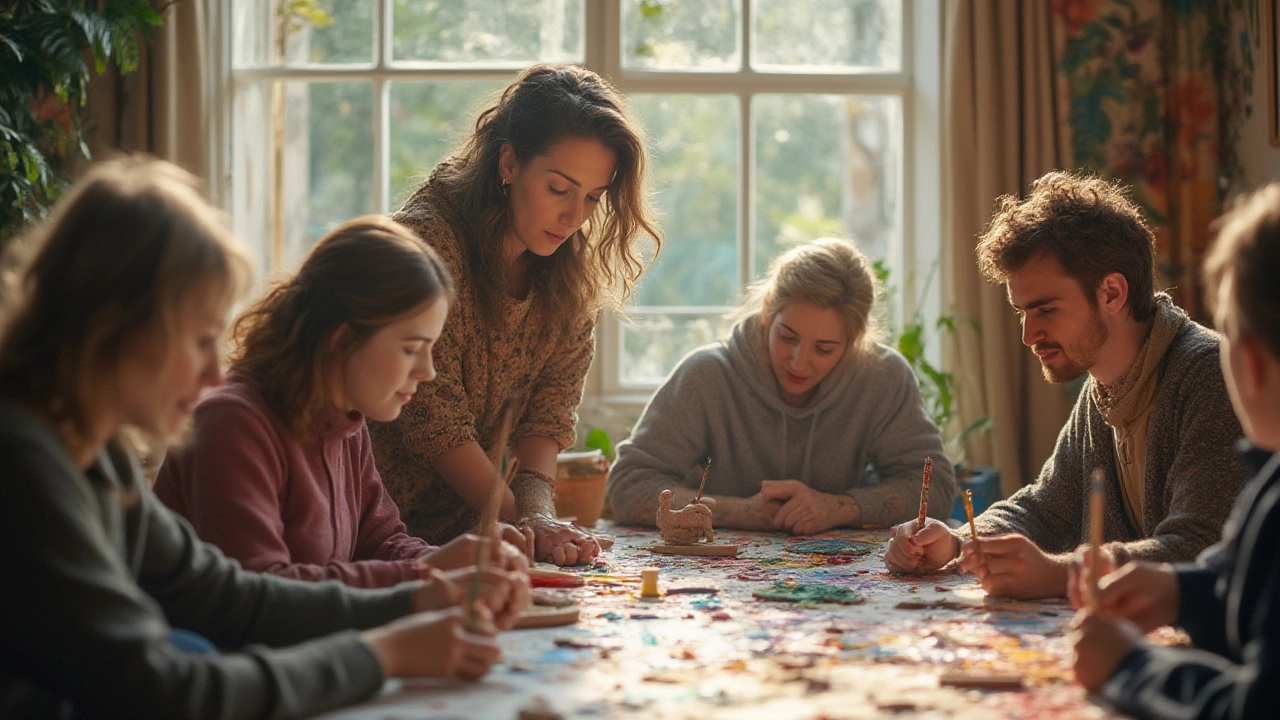
Remember that time you left a concert feeling lighter, or that urge to doodle when you’re stressed out? It’s not just you—our brains actually light up when we make art or listen to music. What’s wild: those feel-good activities are now front and center in something big—creative arts therapies. People are using painting, music, dance, and even drama as tools for mental wellness, with fresh research backing up results. Modern science is catching up with what ancient cultures have always known—creative expression heals in ways that medicine alone can’t touch. If you thought therapy meant only sitting on a couch and talking, you’re in for a surprise. The landscape is shifting, and creative arts therapists are helping people break through emotional walls, process trauma, and even improve brain function. Let’s figure out how this works, who it helps, and how you can actually try it for yourself.
What Exactly Are Creative Arts Therapies?
Creative arts therapies look a lot different from traditional talk therapy. Instead of focusing only on words, these therapies tap into the deeper parts of your brain through activities like painting, weaving, drumming, acting out stories, or moving your body to music. Think art, music, drama, dance/movement, and even poetry—each has its special way of reaching what words sometimes can’t.
Art therapy, for instance, lets you get emotions out onto a canvas, often resulting in those “aha!” moments that talking couldn’t reach. Music therapy goes way beyond relaxation tracks—it can retrain your brain after a stroke or help a nonverbal child communicate ideas through song. And get this: music’s effects go deep, activating the hippocampus and amygdala, which control memory and mood. Drama therapy takes real-life challenges and lets you safely act them out or rewrite endings, which is a game-changer for people with trauma.
Dance/movement therapy gets the body involved, which is especially helpful for trauma survivors who “hold” tension physically. When people move, they release stuck emotions that standard therapy might take years to reach. Expressive writing, another form, helps organize what’s swirling in your mind and gives clarity you can’t get from silent rumination.
Creative arts therapies aren’t just for children or “artistic types.” They’re used in hospitals with stroke patients, in schools for children with ADHD, in clinics for PTSD—anywhere the mind and brain need healing. Therapists are licensed professionals, often with backgrounds in psychotherapy plus the arts, and they tailor everything to the client’s needs. Bottom line: If you can make a mark on paper, tap a rhythm, or move your body, you’re able to participate—even if you don’t see yourself as artistic.
The Science Behind the Healing Power of Art and Music
Modern tools like MRI machines have changed the game, proving painting, music, and movement can literally rewire our brains. Studies from Johns Hopkins and Harvard show that art therapy helps trauma survivors reorganize neural pathways, which reduces flashbacks and anxiety spikes. PTSD patients using creative arts therapies often report fewer nightmares and better sleep. There’s a real physiological link; for example, group drumming lowers cortisol (your body’s stress hormone) up to 25% in just a single session.
For kids with autism, music and art therapy improve social skills, attention span, and decrease meltdowns—so much so that many pediatric clinics in the US include arts therapies in treatment plans. Dementia care has also embraced art and music, supported by studies from the Neurological Institute in Cleveland showing seniors recall forgotten memories when painting or singing, triggering moments of joy that medicine alone can’t match.
Check out this quick table of recent findings:
| Therapy Type | Key Clinical Benefit | Study Highlight (Year) |
|---|---|---|
| Art Therapy | Reduced trauma symptoms in veterans | JAMA Psychiatry, 2022 |
| Music Therapy | Improved verbal skills in post-stroke patients | Frontiers in Neuroscience, 2023 |
| Dance/Movement | Lowered anxiety and depression in teens | American Journal of Dance Therapy, 2021 |
| Drama Therapy | Increased confidence in children with social anxiety | Clinical Child Psychology, 2023 |
What makes these therapies so powerful is their ability to access the “nonverbal” part of the brain. MRI scans show trauma memories can get “stuck” where language can’t reach, but creating art or music activates brain areas around those “stuck” memories, letting people process and release them safely. It’s science meeting soul, changing lives one brushstroke—or one drumbeat—at a time.
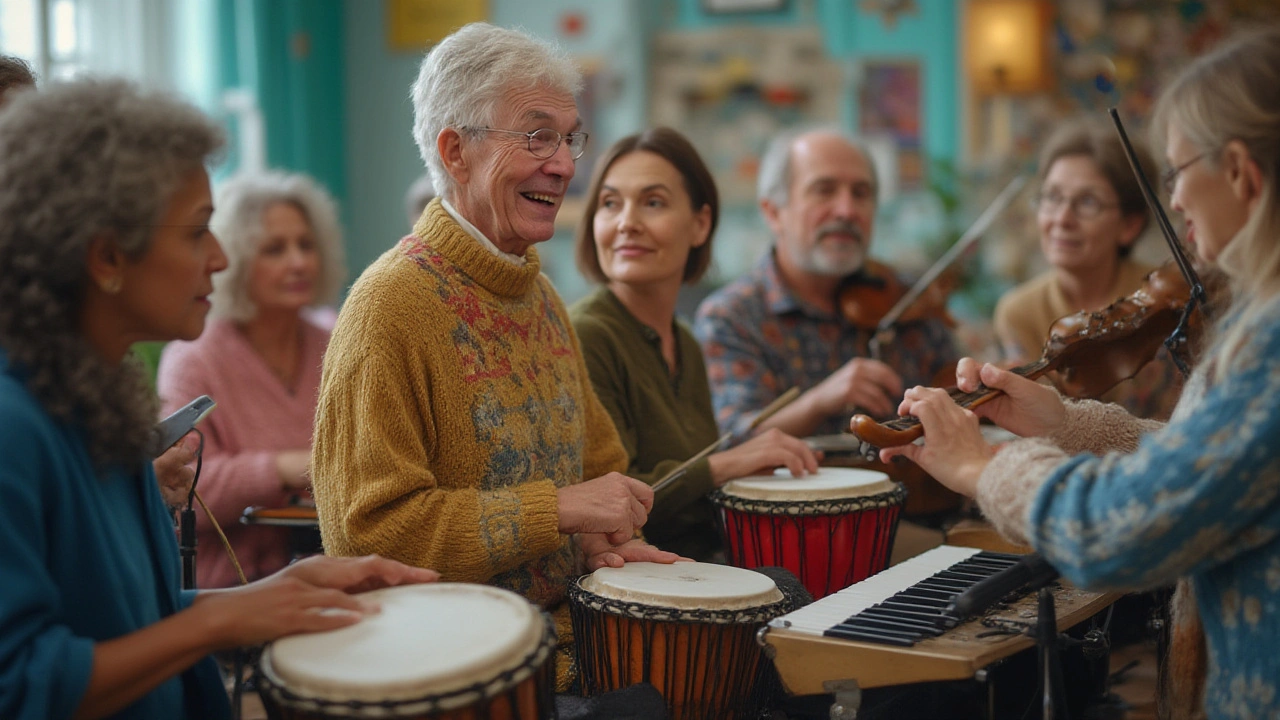
Real-Life Success Stories and Unexpected Benefits
If you’re picturing a therapy group chanting “kumbaya” in a circle, you might be missing just how gritty and powerful the healing process gets. Take Ramon, a combat vet from Florida who rarely slept—until music therapy in the VA helped him write songs about his experiences, giving him words for nightmares and anger he’d bottled up for years. Or think of Sara, a stroke survivor who couldn’t speak but relearned language by singing. She couldn’t say “hello,” but she could belt out “You Are My Sunshine” by week three—a trick music therapists call melodic intonation therapy.
Teens struggling with anxiety often shut down in traditional counseling. Instead, art therapy lets them doodle their stress, gradually trusting their therapist enough to put words to those drawings. For people recovering from substance use, creative arts offer ways to manage cravings and build new routines, with relapse rates dropping when music or dance is integrated into recovery plans.
Creative arts therapies even reshape relationships in families. Have you heard about family sand tray therapy? Parents and kids create scenes in a sandbox, uncovering unspoken conflicts or needs in subtle ways. These revelations often fast-track conversations that would take months using words alone. Couples painting or learning music together often rediscover playfulness, boosting connection and communication.
For people who feel “stuck” in talk therapy—maybe they can’t articulate past traumas or big feelings—the creative arts crack open new paths. There’s relief in not needing to “say the right thing,” just letting the hands, feet, or voice do the talking. Nursing homes in Orlando now offer group painting classes with visiting art therapists. Residents joke, tell stories, even burst into laughter as memories surface. Schools, too, are bringing in specialists to help kids act out stories when regular lessons fail. Teachers report lower behavioral issues and kids showing more empathy to each other.
How to Get Started with Creative Arts Therapies—Tips, Steps, and What to Expect
So you’re ready to try creative arts therapy, but where to begin? The first step is to figure out your comfort zone. Would you rather try art, music, movement, or acting? If you’re not sure, don’t stress—many therapists mix things up based on your needs. Search for licensed creative arts therapists—these folks have credentials like ATR (art therapist), MT-BC (music therapist), or RDT (registered drama therapist) after their names. You can find them in hospitals, schools, community centers, and private practices.
At your first session, you might just talk about what you hope to get out of therapy. Maybe you’re dealing with anxiety, grief, trauma, or just looking for a creative outlet. The therapist will explain how sessions work: you aren’t graded on talent, and you don’t need experience. You’ll typically start with a warmup—maybe coloring, drumming, moving to a song, or telling a story. As trust builds, sessions shift to deeper work—tackling memories, emotions, or habits through your chosen activity.
- Tip: Don’t judge your creations; the point isn’t to make “good” art—it’s to explore what’s on the inside.
- Tip: Wear comfy clothes, especially for dance/movement sessions.
- Tip: Let your therapist know what feels safe or too intense. Boundaries matter.
- Tip: Try different approaches. Music, drama, and art touch emotions in unique ways.
- Tip: Journal after sessions. Writing can help process insights you uncovered.
Costs vary—some health insurers in the US now reimburse for creative arts therapies, especially for PTSD, autism, or rehabilitation. Many city recreation programs offer group sessions at lower rates, and online sessions with certified therapists open up options if nearby services are limited. If you just want to dip a toe in the water, guided art or music apps can offer a taste of the experience, though the real magic happens one-on-one with a trained pro.
One surprising bonus: you’ll probably notice benefits outside the therapy room. People report feeling less self-critical, more open to change, and even physically healthier. That’s because engaging in creative processes boosts neuroplasticity—the brain’s way of adapting and healing. You’ll end up with new ways of expressing yourself and tools for stress that you can use in daily life, whether it’s humming a tune when you’re upset or doodling while on a tough call. The ripple effects just keep growing.

